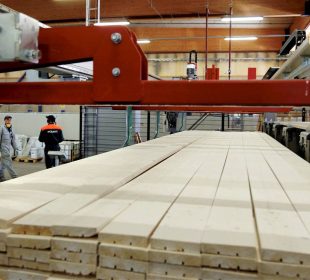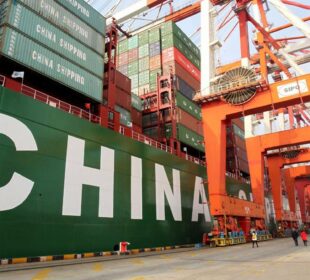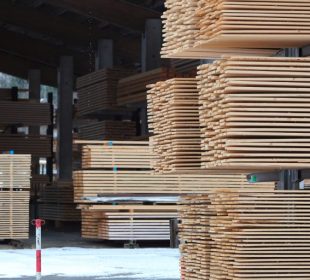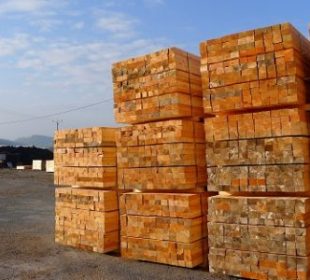EU imports of tropical sawn wood in the first 11 months of 2015 were 992,000 cu.m, 9% more than the same period the previous year. It’s therefore almost certain that EU imports for the full year will exceed 1 million cu.m for the first time since 2012, ITTO reported.
While an encouraging landmark, this is still well down on levels prevailing before the crises when annual imports exceeded 2 million per year.
Cameroon, from which the EU imported 300,800 cu.m in the first eleven months of last year, an increase by 11%, cemented its leading position as the EU’s most important supplier of tropical sawn wood.
The four next largest suppliers all registered lower growth rates than Cameroon: imports increased by 7% from Malaysia to 225,700 cu.m, by 9% from Brazil to 115,700 cu.m, by 8% from Gabon to 87,200 cu.m, and by 8% from Ivory Coast to 75,800 cu.m.
However there was an above average in imports from several smaller suppliers including Congo (+15% to 50,200 cu.m.), Ghana (+14% to 24,700 cu.m) and Indonesia (+12% to 20,400 cu.m ).
Consistent growth in tropical sawn imports across the EU
All the largest EU markets imported more tropical sawn wood in the first eleven months of 2015 compared to the previous year. Growth rates were quite evenly spread, ranging between +7% and +12% (Chart 5).
Belgium was the largest single importer of tropical sawn wood in 2015, with volume rising 10% in the first 11 months of the year to 271,000 cu.m . Much of this volume is destined for neighbouring EU countries rather than consumed in Belgium.
Imports into the Netherlands were also on the rise last year, up 7% to 227,400 cu.m. This is a reflection both of increased domestic construction activity in the Netherlands and of the country’s important role as an entry-point for hardwoods distributed throughout the continent.
There was 12% growth in imports by France and Italy, to 122,300 cu.m and 117,400 cu.m respectively, particularly encouraging as these countries have been very slow to recover from the market downturn.
Meanwhile the positive trend in imports by the UK and Germany continued, with a 10% increase in each case to 69,400 cu.m and 53,900 cu.m respectively. Imports into Spain and Portugal, too, experienced healthy growth rates: Spain’s imports rose by 9% to 52,800 cu.m and Portugal’s by 10% to 31,300 cu.m .
[gravityform id="1" title="true" description="true"]
[gravityform id="2" title="true" description="true"]



















